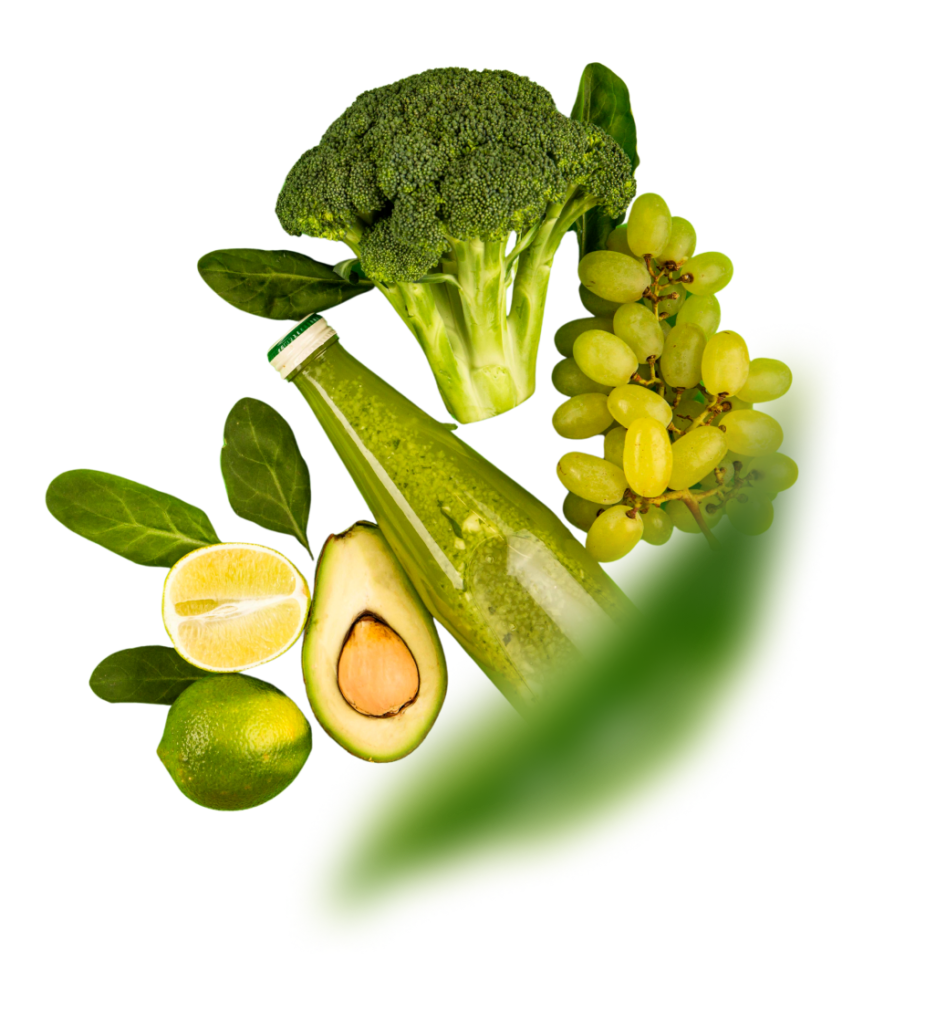The term “superfood” has gained massive popularity over the past decade, often used in marketing to suggest that certain foods possess extraordinary health benefits. But are these foods truly miraculous, or is their fame mostly due to hype? In this article, we’ll explore what qualifies as a superfood, review the actual benefits of popular superfoods, and separate fact from fiction.
Superfoods can indeed offer substantial health benefits, but their effectiveness lies in how they are incorporated into a balanced, nutrient-rich diet. While these foods are highly nutritious, they aren’t miracle workers, and their benefits are best realized when consumed alongside a variety of other wholesome foods. The key to long-term health lies in moderation, variety, and making informed, sustainable dietary choices.


FoodPower – healthy nutrition plans for any goal
Nutrition programs
